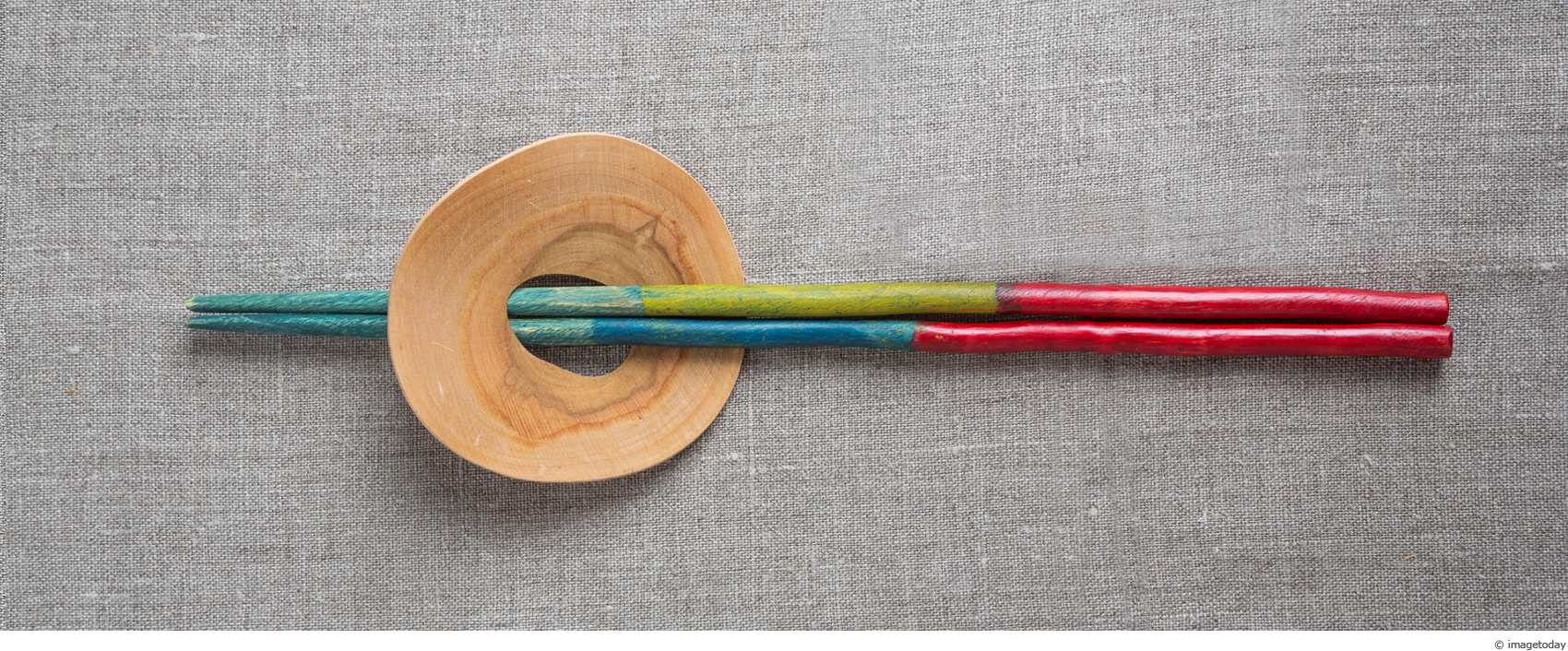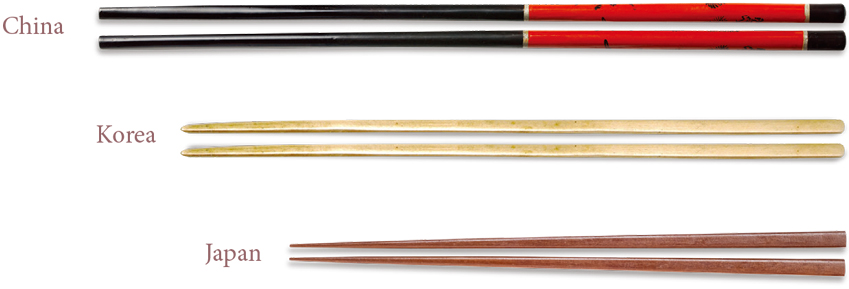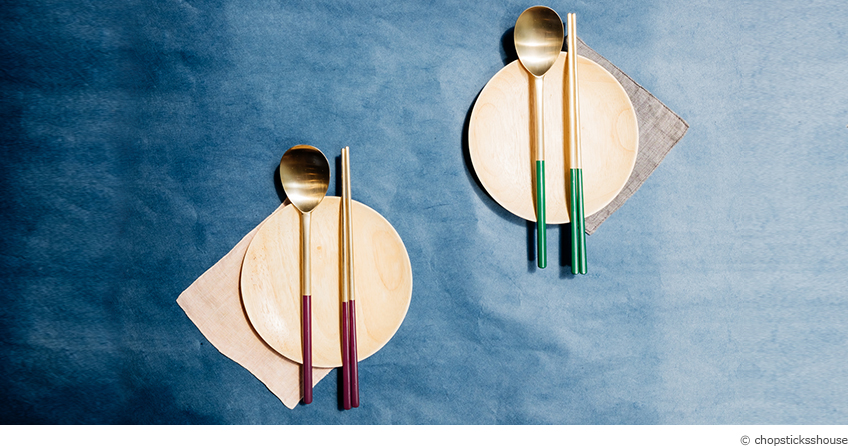

Chopsticks,
Designed To Be ‘Held’
Reincarnated into Fancier
and more Reliable Forms
There’s a children’s song about chopsticks that goes, “Which two things are the same? Two chopsticks in a pair are the same!” Regardless of a person’s age, chopsticks are the first things that come to mind when people are asked to point out two identical things. Chopsticks are widely used across East Asia, and are commonly used by around 30 percent of the global population. Although the shape of the sticks differs from country to country, one thing remains constant: they are comprised of two identical sticks. This seems natural, as you need at least two sticks to pick up food.
Written by Kang Mi-ra

Same Number of Sticks, Different Designs
The factor that most influences the design of the chopsticks is local cuisine and local cooking traditions. The function of chopsticks changes depending on the properties of the food, and the design of the chopsticks follows function. For example, a stereotypical set of Chinese chopsticks is long and thick. This is because thicker sticks are better at gripping food cooked in a lot of oil or with a lot of sauce, and the length is longer because the food is far away in the middle of the table. Similarly, a stereotypical set of Japanese chopsticks is shorter and pointed, because of the fish-heavy diet that requires the removal of a lot of bones.
What about Korean chopsticks? The broad image is that a stereotypical set of Korean chopsticks falls in the middle between Chinese and Japanese chopsticks. However, instead of length, what matters more is the material. The material has to be durable, to withstand use with hot broths and stews, and not stained by food that has been marinated or pickled. The broad image is that Korean chopsticks have to be able to carry a large amount of food, or heavier pieces of food without breaking. This is why, they say, Korean chopsticks are made of metal. These are the three basic templates designs of chopsticks, based on the respective dining styles and cuisines of each country in the region.

Designed to be Held,
to be Had
It is said that chopsticks evolved over the years to maximize functionality and efficiency. More importantly, with today's modern diet moving away from rice and soup with every meal, chopstick design has also slowly been changing. Chopsticks optimized for different types of food, be it noodles, rice or food with lots of sauce, are being introduced. The main idea is to maximize the "holding" function of the utensils, according to the properties of the food.
Recent chopstick designs make you want to hold them. When holding chopsticks of various shades and colors, the hand becomes part of the design. It's hard to resist the temptation to own such sets of chopsticks. From earthy designs using materials found in nature, to the use of eco-friendly non-toxic materials, such as silicon and corn, chopsticks continue to evolve in the present day. It's a familiar presence that has always been by our side, but now reincarnated into fancier and more reliable forms.

Other Articles




Odaesan Mountain,
Pyeongchang’s Treasure

Hooked on Hangeul

Designed To Be ‘Held’


Eomuk Fishcakes


With Culture N Tickets
Application of subscription
Sign upThe event winners
Go






